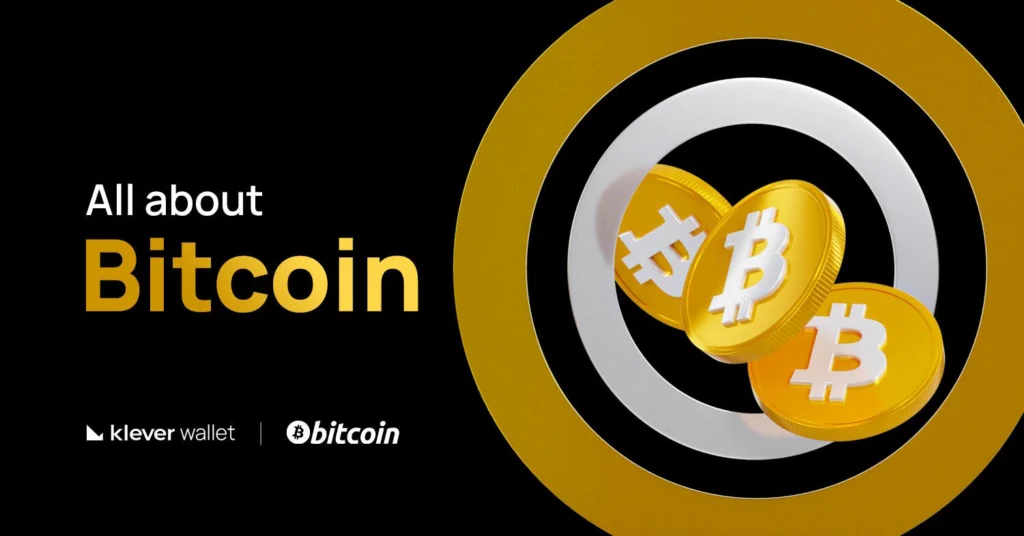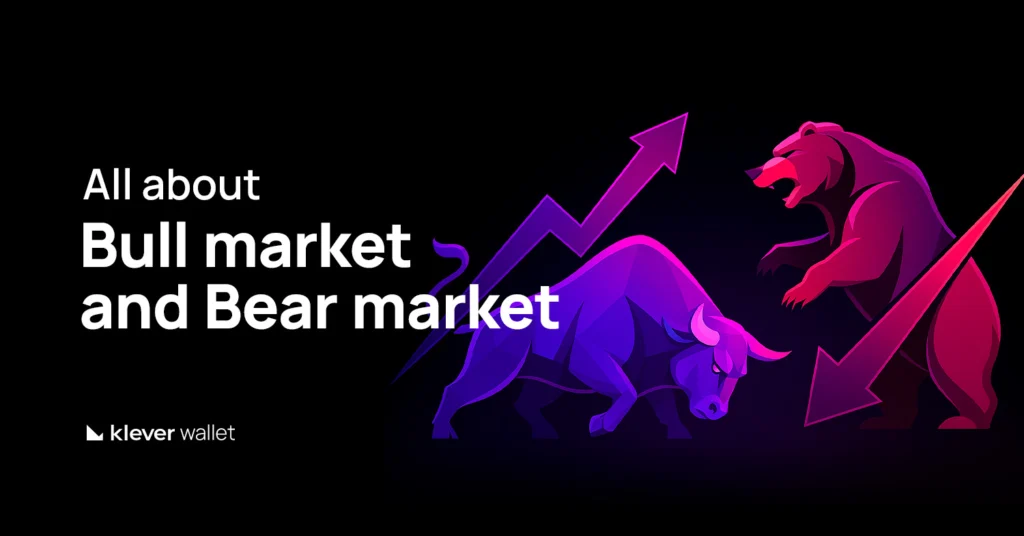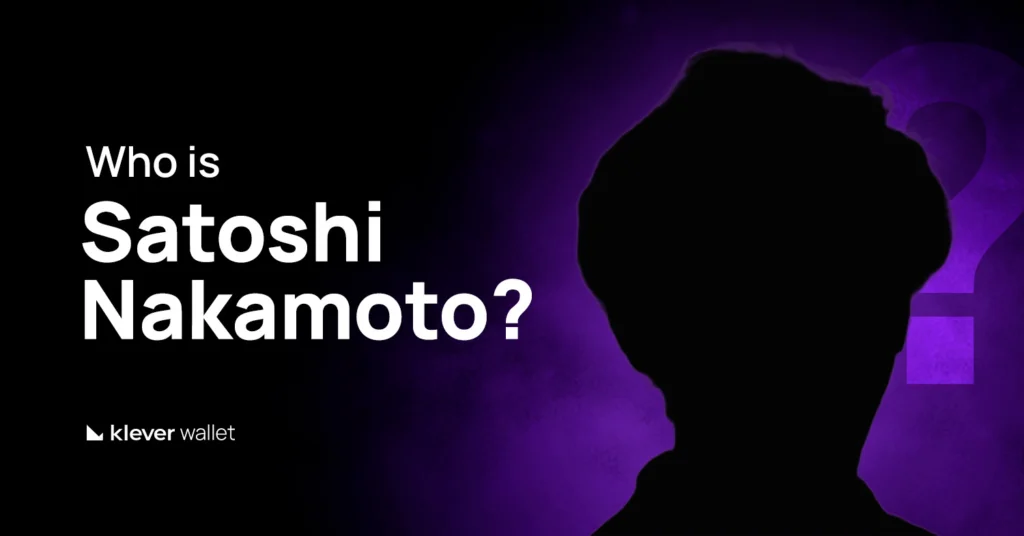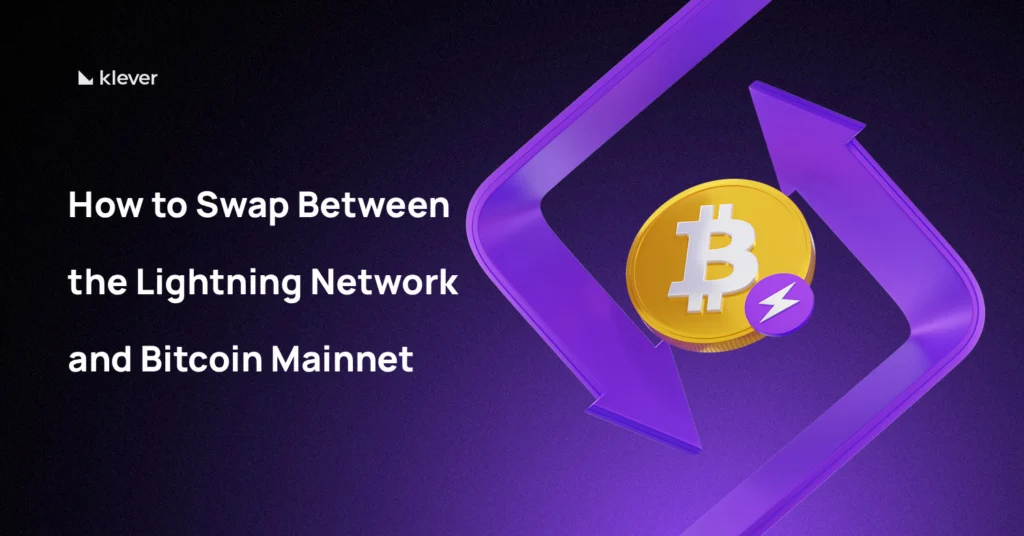
Main Information About Bitcoin
|
Ticker |
BTC |
|
Category |
Cryptocurrency |
|
Founders |
Satoshi Nakamoto (pseudonym) |
|
Blockchain |
Bitcoin Blockchain |
|
Maximum Blockchain TPS |
~3.3 to 7 transactions per second. |
|
Consensus Mechanism |
Proof of Work (PoW). |
|
ICO Date |
Bitcoin did not have an Initial Coin Offering (ICO); it was released as open-source software on January 9, 2009. |
|
Maximum Supply |
21,000,000 BTC. |
|
Chain Explorer |
What is Bitcoin?
Bitcoin is a decentralized digital currency that allows peer-to-peer transactions without the need for intermediaries like banks. Launched in 2009, Bitcoin operates on a blockchain—a public ledger that records all transactions transparently and securely.
It is the first and most widely recognized cryptocurrency, often referred to as “digital gold” due to its limited supply and potential as a store of value.
A key feature of Bitcoin is its limited supply. Only 21 million bitcoins can ever exist, a cap designed to mimic the scarcity of gold. This scarcity has helped shape Bitcoin’s reputation as a store of value and has influenced its market behavior.
Bitcoin’s success has led to the creation of many other cryptocurrencies, known as altcoins. While Bitcoin remains the leader, these alternative digital currencies offer new features and improvements, enriching the overall crypto landscape.
Who is Behind Bitcoin?
The true identity of Bitcoin’s creator, known by the pseudonym Satoshi Nakamoto, remains a mystery. In 2008, Nakamoto introduced Bitcoin through a white paper titled “Bitcoin: A Peer-to-Peer Electronic Cash System” and released the first version of the Bitcoin software in 2009.
By 2010, Nakamoto had stepped back from active involvement, leaving the project’s development to others.
Why Was Bitcoin Created?
Bitcoin was created as a response to the 2008 financial crisis, aiming to provide an alternative to traditional financial systems that rely on central banks and intermediaries.
Nakamoto’s vision was to create a currency that could resist inflation, censorship, and financial manipulation. Bitcoin’s transparent, verifiable nature ensures that no single entity can control its supply.
Pizza Day
Bitcoin Pizza Day, celebrated every May 22, marks the first real-world transaction using Bitcoin. On this day in 2010, Laszlo Hanyecz, a programmer from Florida, paid 10,000 BTC for two Papa John’s pizzas.
Over the years, Bitcoin’s value has grown dramatically. On May 22, 2025, the coin was priced at around $111,073.20, which would make those two pizzas worth approximately $1 billion.
Today, Bitcoin Pizza Day is celebrated by crypto enthusiasts worldwide, often by purchasing pizzas using Bitcoin, reflecting on the cryptocurrency’s evolution, and discussing its future potential.
The Bitcoin Ecosystem
The Bitcoin ecosystem is made up of several components that work together to keep the network secure, decentralized, and accessible. It can be divided into:
1. Core Components
- Miners: Individuals and organizations that validate transactions and secure the network by solving complex cryptographic puzzles.
- Nodes: Computers that maintain the Bitcoin blockchain, ensuring transparency and security.
- Developers: Contributors to Bitcoin’s open-source code, enhancing its functionality and security.
2. Financial Instruments and Platforms
- Exchanges: Platforms where users can buy, sell, or trade bitcoins for other cryptocurrencies or fiat currencies.
- Wallets: Software or hardware solutions that allow users to securely store and manage their bitcoins. They provide the private keys needed to move funds.
- Investment Vehicles: Financial products like Bitcoin ETFs and trusts that provide institutional and retail investors with regulated exposure to Bitcoin.
3. Emerging Innovations
- Bitcoin DeFi: Decentralized finance applications built on the Bitcoin network, enabling services like lending, borrowing, and trading without intermediaries.
- BRC-20 Tokens: A token standard on Bitcoin that has led to the creation of various tokens, contributing to the network’s growth and diversification.
4. Market Dynamics
- Market Capitalization: Bitcoin’s market cap has reached significant milestones, reflecting its growing adoption and value.
- Price Volatility: Bitcoin’s price has experienced substantial fluctuations, influenced by factors such as regulatory developments, technological advancements, and macroeconomic trends.
5. Regulatory Environment
- Government Policies: The legal status of Bitcoin varies globally, with some countries embracing it and others imposing restrictions. Regulatory developments continue to shape the ecosystem’s evolution.
Bitcoin Use Cases
Bitcoin can be used for variety of purposes, including:
- Store of Value: Often compared to gold, Bitcoin is often used to protect against inflation and financial instability.
- Medium of Exchange: Bitcoin is used for transactions around the world, especially in regions with unstable currencies.
- Remittances: Enables cross-border payments with lower fees compared to traditional banking systems.
- Smart Contracts & Layer 2 Solutions: New technologies like the Lightning Network make Bitcoin payments quicker and less expensive.
- Institutional Investments: More companies and banks are buying Bitcoin to save and grow their money.
- Microtransactions & Lightning Network: Microtransactions using Lightning Network are becoming more common, as more countries adopt these fast, low-cost payment solutions for everyday use. Examples are El Salvador, Switzerland, Argentina, and more.
Key Features of Bitcoin
- Decentralization: No central authority controls Bitcoin, ensuring its resistance to censorship.
- Transparency: Transactions are recorded on a public blockchain, verifiable by anyone.
- Limited Supply: With a cap of 21 million Bitcoins, the currency’s scarcity helps protect it from inflationary pressures
- Security: Bitcoin’s network is secured by cryptographic principles and a proof-of-work consensus mechanism.
- Global Accessibility: Bitcoin allows for low-cost, fast, and secure cross-border transactions, making it a preferred choice for international payments.
- Immutability: Once transactions are confirmed, they cannot be altered or reversed.
What determines the price of Bitcoin?
Supply and demand: When there are more buyers than sellers, the price rises. If supply exceeds demand, the value drops.
Mining: The creation of new Bitcoins depends on mining. If the price falls, fewer miners join the network, reducing supply and helping to stabilize the value. When the price increases, mining becomes more attractive, boosting supply.
Adoption: The more people and businesses use Bitcoin, the more its value appreciates. Acceptance by payment platforms and large companies strengthens confidence in the asset.
Regulation: New laws and government policies can impact the price. Strict rules create uncertainty, while favorable regulations encourage growth.
Market expectations: If investors believe in Bitcoin’s future, demand and price increase. Otherwise, the price may decline.
Bitcoin Tokenomics
Overview
- Token Symbol: BTC
- Blockchain: Bitcoin
- Utility: Bitcoin serves as a peer-to-peer digital currency, payment method, a store of value, and an investment asset.
Allocation and Supply
- Total Supply: 21,000,000 BTC
- Circulating Supply: Approximately 19,838,621 BTC
- Supply Allocation: Bitcoins are distributed through mining rewards, which started at 50 BTC per block and halve approximately every four years (every 210,000 blocks).
Utility and Rewards
- In-Blockchain Use: Bitcoin is used for peer-to-peer transactions and as a medium of exchange without intermediaries.
- Staking: Not applicable; Bitcoin operates on a Proof-of-Work (PoW) consensus mechanism, not Proof-of-Stake.
- Governance: Bitcoin’s development is managed through a decentralized process involving community consensus and Bitcoin Improvement Proposals (BIPs).
Economic Model
- Deflationary Mechanisms: Bitcoin’s fixed supply cap and halving events create a deflationary environment by reducing the rate of new BTC issuance over time.
- Reward Distribution: Miners receive newly minted BTC and transaction fees as rewards for validating and adding new blocks to the blockchain.
Market Performance
- Current Price: Approximately $117,950
- Market Cap: Around $2.29 trillion
- All-Time Low: Less than $0.01 (recorded in 2010)
- All-Time High: $122,838 (reached in July 14, 2025)
- 24h Volume: Approximately $57 billion USD
For real-time price tracking and market data, platforms like CoinMarketCap and CoinGecko provide up-to-date metrics on itcoin´s price, trading volume, and historical performance.
For a quick market overview, use Coin360 to instantly see whether Bitcoin is gaining or losing value compared to other cryptocurrencies.
Take Control: Self-Custody Your Bitcoin with Klever Wallet
Klever Wallet is a trusted and user-friendly platform for managing and buying Bitcoin (BTC) coins. Known for its low fees and robust security, Klever Wallet provides an efficient way to buy, store and swap BTC while ensuring full control of your assets.
Joining the community offers a secure way to manage digital assets, with a multi-chain wallet available for mobile and desktop, that supports BTC token and many other cryptocurrencies, providing various payment options and tools to enhance your crypto and fan experiences.
Download Klever Wallet app and explore BTC today!
Bitcoin FAQ
What is Bitcoin?
Bitcoin is a decentralized digital currency created in 2009. It operates on blockchain technology, which allows it to function without a central authority, making transactions secure and peer-to-peer.
Who created Bitcoin?
Bitcoin was created by an individual or group under the pseudonym Satoshi Nakamoto, who published a whitepaper in 2008 outlining the concept and launched the network in 2009. The true identity of Satoshi Nakamoto remains unknown
How do I buy Bitcoin?
You can buy Bitcoin directly through the Klever Wallet for mobile or Klever Extension for browsers.
How is Bitcoin taxed?
In many countries, Bitcoin is treated as property for tax purposes. This means that gains from selling or trading Bitcoin are subject to capital gains tax. It’s important to keep detailed records of transactions to accurately report and calculate potential taxes
What is Bitcoin Mining?
Bitcoin mining is the process by which new Bitcoins are generated. It involves the use of powerful computers to solve complex mathematical problems that validate transactions on the network. Miners are rewarded with new Bitcoins for their contribution to the network.
Are Buying a Bitcoin ETF and Buying Bitcoin the Same?
No. A Bitcoin ETF lets you invest in Bitcoin’s price through a traditional brokerage—easy, but you don’t actually own the Bitcoin and you’ll pay management fees.
Buying Bitcoin directly means you fully own and control your Bitcoin. You can use it for transactions, DeFi, or long-term holding—but you’re also responsible for securely storing and managing it.




